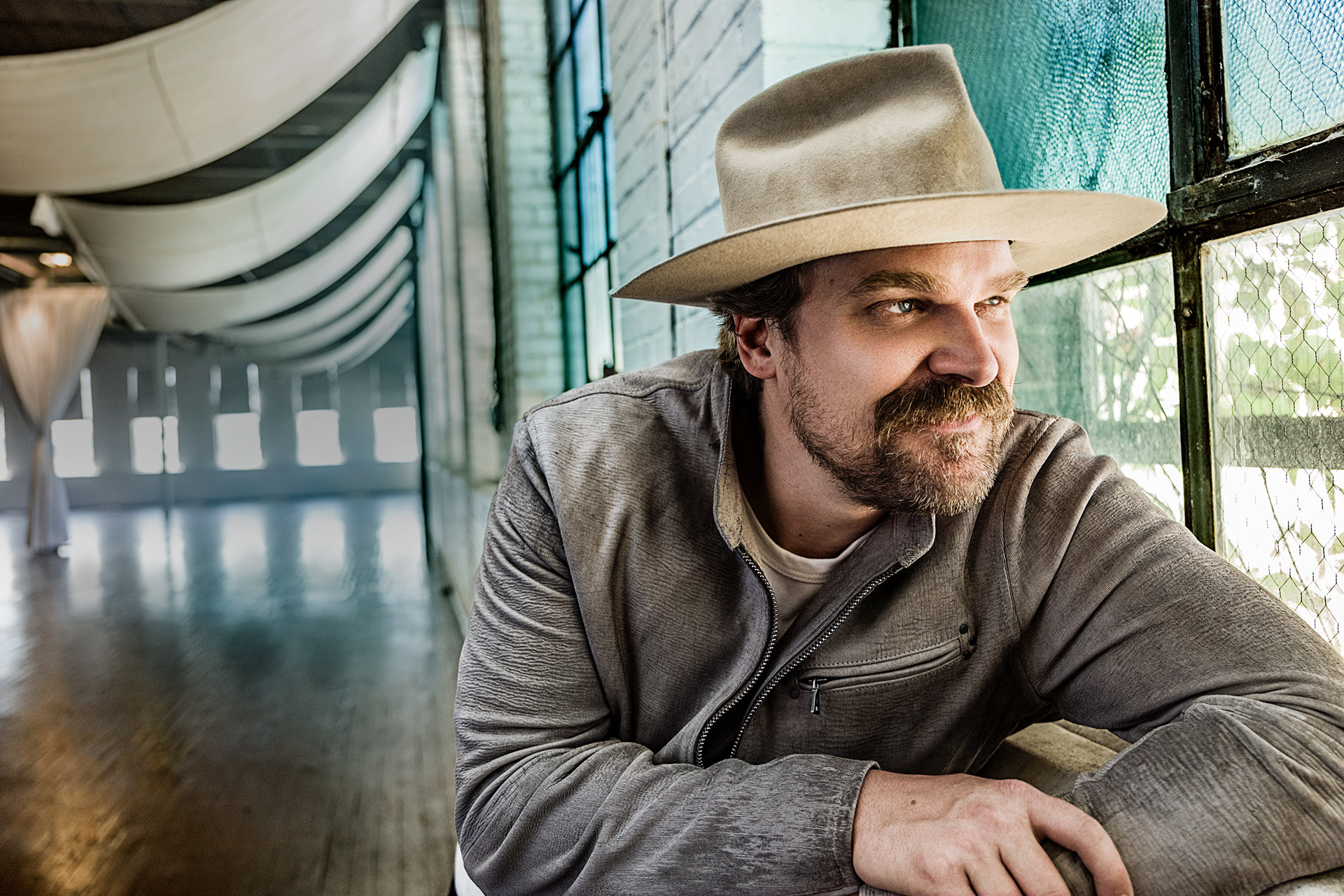Grain University’s Lauren Howe-Kerr, remaining, and Adrienne Correa unearthed that symbiont algae entirely on corals in French Polynesia are able to replicate via mitosis and sex. That may make it easier to develop alga that best secure coral reefs from negative effects of weather changes. Credit: Brandon Martin/Rice College
Grain biologists’ advancement can help help climate-challenged reefs endure for now.
A tad bit more hot opportunity for symbionts could help red coral reefs endure the tests of climate change. Which, consequently, could help  people.
people.
Experts at grain institution and the Spanish Institute of Oceanography already understood the importance of algae titled dinoflagellates on wellness of coral because the oceans comfortable, and also have today affirmed the little creatures not only multiply by splitting by 50 percent, but could furthermore produce through intercourse.
That, relating to grain aquatic biologist Adrienne Correa and graduate pupil Lauren Howe-Kerr, opens up a course toward reproduction stresses of dinoflagellate symbionts that much better offer her red coral associates.
Dinoflagellates just contribute to the beautiful tone strategies of corals, but significantly, in addition they let feed her hosts by converting sunlight into products.
“Most stony corals cannot endure without their unique symbionts,” Howe-Kerr stated, “and these symbionts have the potential to assist corals reply to climate change. These dinoflagellates has generation times of a few months, while corals might only produce once a year.
“So whenever we may the symbionts to adapt to latest environmental problems quicker, they might be able to assist the corals endure high temperatures besides, while we all deal with climate change.”
In an open-access study in Nature’s medical Reports , they wrote the knowledge “sets the level for examining environmental causes” of symbiont sex “and can accelerate the assisted advancement of an integral coral symbiont to combat reef destruction.”
a red coral from the type learnt by researchers at grain college is actually secured by dinoflagellates (inset)
algae that turn sun into food to give and secure reefs. The research showed the alga have the ability to produce via sex, beginning a road toward accelerated advancement of pressures that can better shield coral from the ramifications of climate change. Credit score rating: Inset by Carsten Grupstra/Rice college; coral image by Andrew Thurber/Oregon county college
To higher see the alga, the Rice professionals attained out over Rosa Figueroa, a specialist from the Spanish Institute of Oceanography which studies the life series of dinoflagellates and it is direct writer in the study.
“We taught this lady in regards to the coral-algae program and she coached all of us about sex various other dinoflagellates, therefore we established a cooperation to see if we could recognize symbiont intercourse on reefs,” Howe-Kerr stated.
“In genomic datasets of coral dinoflagellates, professionals would read the genes red coral symbionts should have to produce intimately, but no body have been capable of seeing the tissues along the way,” said Correa, an assistant professor of biosciences. “That’s what we got this time.”
The advancement comes after sampling at coral reefs in Mo’orea, French Polynesia, in July 2019 and then observation on the algae through advanced confocal microscopes that allow for best watching of three-dimensional frameworks.
A dinoflagellate tetrad cell that will quickly divided into four different cells, seized by grain institution boffins through a confocal microscope. The cell’s four nuclei are depicted in reddish. Professionals at Rice as well as in The country of spain determined from experiments why these symbionts, obtained from a coral colony in Mo’orea, French Polynesia, are able to reproduce both through mitosis and via intercourse. Credit: Correa Lab/Rice University
“This will be the earliest proof why these symbionts, whenever they’re sequestered in red coral tissue, reproduce intimately, and we’re thrilled since this opens up the door to locating on what conditions might encourage intercourse and how we could trigger it,” Howe-Kerr mentioned. “We need to know how we can control that facts to produce most hereditary variety.”
“Because the offspring of dividing alga just inherit DNA off their one mother cell, they’ve been, essentially, clones that don’t normally add to the variety of a colony. But offspring from gender get DNA from two mothers, makes it possible for for lots more rapid genetic edition,” Correa mentioned.
Symbiont populations that are more tolerant of environmental anxiety through evolution was of direct advantages to red coral, which shield coastlines from both storms in addition to their related runoff.
“These efforts are continuous to try to reproduce corals, symbionts and every other couples to make the the majority of stress-resistant colonies feasible”
Correa said. “For coral symbionts, meaning developing them under stressful ailments like large temperature ranges and then propagating the ones that manage to survive.
“After consecutive years we’ll select completely anything that can’t tolerate these conditions,” she stated. “And given that we are able to discover there’s intercourse, we can manage lots of other studies to master exactly what mixture off ailments will likely make intercourse happen more often in tissues. That will emit symbionts with newer combos of family genes, and a few of the combinations will hopefully correspond to thermotolerance or other characteristics we desire. Then we could seed infants for the coral kinds that variety that symbiont variety and make use of those territories to bring back reefs.”

